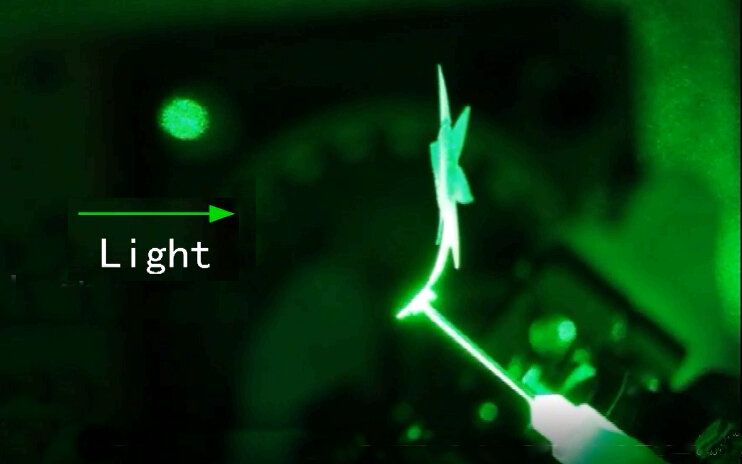Some disconcerting thoughts about the future of the human species:
Perseverance, the Fermi Paradox, and the Great Filter.



Space roboticist Vandi Verma, who operates the Perseverance—the most advanced astrobiology lab ever sent to another world—as it roams Mars looking for signs of ancient microbial life, said unconscious bias was also a factor in shaping aspirations. “Don’t make assumptions about what a child may be interested in because of their gender or race,” she said. “Don’t buy the Lego just for the boy.”


AI And Robots For Law And Order — Irakli Beridze — Head, Artificial Intelligence and Robotics, UNICRI – United Nations Interregional Crime and Justice Research Institute.
Irakli Beridze is the Head of the Centre for Artificial Intelligence and Robotics at The United Nations Interregional Crime and Justice Research Institute (UNICRI).
With a Master’s Degree in International Relations and National Security Studies, and a law degree, Mr. Beridze has more than 20 years of experience in leading multilateral negotiations, developing stakeholder engagement programs with governments, UN agencies, international organizations, private industry and corporations, think tanks, civil society, foundations, academia, and other partners on an international level.
Mr. Beridze advises governments and international organizations on numerous issues related to international security, scientific and technological developments, emerging technologies, innovation and disruptive potential of new technologies, particularly on the issue on crime prevention, criminal justice and security, and is now actively focused on supporting government’s worldwide on the strategies, action plans, roadmaps and policy papers on Artificial Intelligence.
Since 2014, Mr. Beridze has initiated and managed one of the first United Nations Programs on AI, initiating and organizing a number of high-level events at the United Nations General Assembly, and other international organizations, finding synergies with traditional threats and risks, as well as identifying solutions that AI can contribute to the achievement of the United Nations Sustainable Development Goals.

Half a century after the last astronauts left the Moon, the idea of sending crews to Mars still seems like some sort of vague space policy notion. After all, crews have yet to revisit the Moon. So, even today, talk of getting astronauts to Mars seems largely confined to PowerPoint presentations.
Thus, it was precisely that sense of inexactitude that prompted a young South African-born entrepreneur named Elon Musk to begin his quest to make the dream of boots on Mars a reality.
It’s a notion that is chronicled with alacrity in Eric Berger’s page-turning new book “Liftoff: Elon Musk and the Desperate Early Days that Launched SpaceX.” Berger, senior space editor at Ars Technica, writes with the kind of hard-won insider authority that only comes through covering the nuts and bolts of the commercial space industry for the past twenty years.
The sounds of 30 impacts are heard, some slightly louder than others, said NASA in its press release. SuperCam, equipped with a microphone, is using the laser to interrogate the composition of rock on the red planet. The variations in the zapping sound picked up the equipment would help the scientists in understanding the physical structure of the rocks and is a key component in probing the signs of ancient life.
“Variation in the intensity of the zapping sounds will provide information on the physical structure of the targets, such as its relative hardness or the presence of weathering coatings,” said NASA.
“If we tap on a surface that is hard, we will not hear the same sound as when we fire on a surface that is soft,” explained Naomi Murdoch, from the National Higher French Institute of Aeronautics and Space, in Toulouse. “Take for example chalk and marble. These two materials have an identical chemical composition (calcium carbonate), but very different physical properties.”

Researchers at Tufts University School of Engineering have created light-activated composite devices able to execute precise, visible movements and form complex three-dimensional shapes without the need for wires or other actuating materials or energy sources. The design combines programmable photonic crystals with an elastomeric composite that can be engineered at the macro and nano scale to respond to illumination.
The research provides new avenues for the development of smart light-driven systems such as high-efficiency, self-aligning solar cells that automatically follow the sun’s direction and angle of light, light-actuated microfluidic valves or soft robots that move with light on demand. A “photonic sunflower,” whose petals curl towards and away from illumination and which tracks the path and angle of the light, demonstrates the technology in a paper that appears March 12th, 2021 in Nature Communications.
Color results from the absorption and reflection of light. Behind every flash of an iridescent butterfly wing or opal gemstone lie complex interactions in which natural photonic crystals embedded in the wing or stone absorb light of specific frequencies and reflect others. The angle at which the light meets the crystalline surface can affect which wavelengths are absorbed and the heat that is generated from that absorbed energy.
